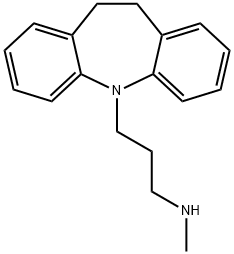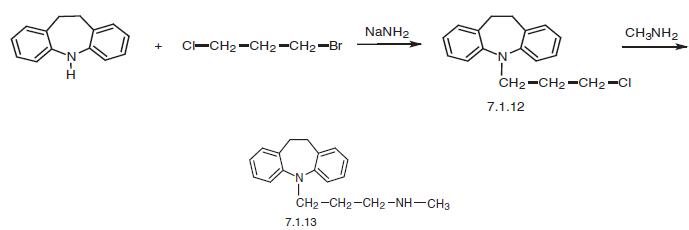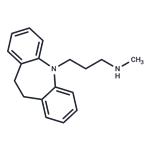
DESIPRAMINE
- Product NameDESIPRAMINE
- CAS50-47-5
- MFC18H22N2
- MW266.38
- EINECS200-040-0
- MOL File50-47-5.mol
Chemical Properties
| Melting point | 212°C |
| Boiling point | bp0.02 172-174° |
| Density | 0.9934 (rough estimate) |
| refractive index | 1.5200 (estimate) |
| pka | pKa 10.21(-)(H2O t=20) (Uncertain) |
| form | powder |
| color | white |
| EPA Substance Registry System | Desipramine (50-47-5) |
Safety Information
| Hazard Codes | Xn |
| Risk Statements | 20/21/22 |
| Safety Statements | 36 |
| WGK Germany | 3 |
| Hazardous Substances Data | 50-47-5(Hazardous Substances Data) |


